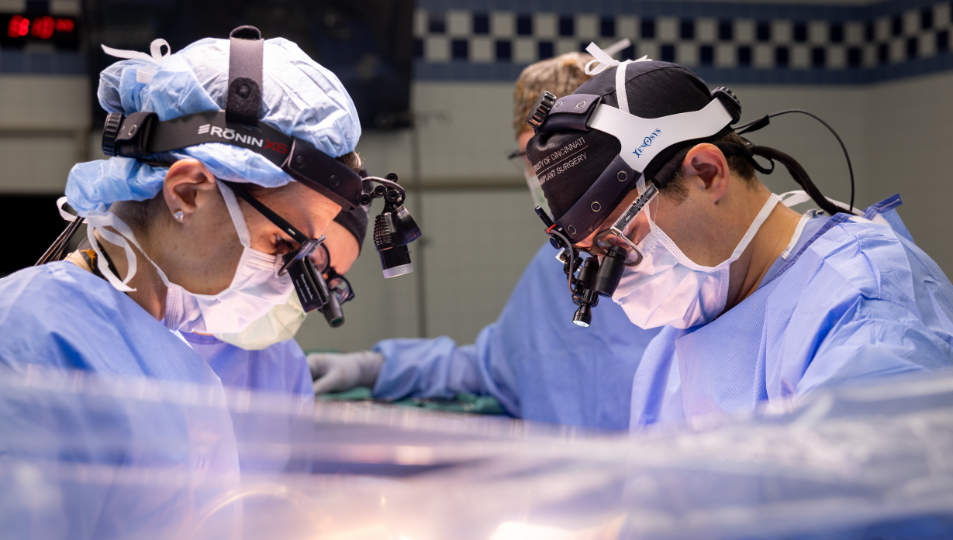Liver transplantation is a complex process that involves several steps, from evaluation to post-operative care. Here’s an overview of the procedure:
Pre-Transplant Evaluation
Before a liver transplant, patients undergo a thorough evaluation to determine their suitability. This includes:
Medical History Review: Assessing overall health and previous treatments.
Imaging Tests: Using CT scans or MRIs to evaluate liver condition.
Blood Tests: Checking liver function and compatibility with potential donors.
Psychosocial Assessment: Evaluating mental health and support systems.
The Surgical Procedure
The liver transplant surgery typically follows these steps:
Anesthesia: The patient is placed under general anesthesia.
Incision: A surgical incision is made in the abdomen to access the liver.
Removal of the Diseased Liver: The surgeon carefully removes the affected liver.
Transplantation: The donor liver is placed into the abdominal cavity and connected to blood vessels and bile ducts.
Closure: The incision is closed with sutures or staples.
Post-Operative Care
After surgery, patients are closely monitored in the hospital. Key aspects of post-operative care include:
Monitoring Vital Signs: Ensuring stable heart rate, blood pressure, and oxygen levels.
Immunosuppressive Therapy: Administering medications to prevent organ rejection.
Rehabilitation: Gradual introduction of physical activity to aid recovery.
Types of Donors
Liver transplants can come from two types of donors:
Deceased Donor: Organs are harvested from individuals who have passed away.
Living Donor: A portion of a healthy person's liver is transplanted. The liver can regenerate, allowing both the donor and recipient to recover. Living liver donation enables doctors to precisely coordinate the timing of your cancer treatments with your transplant.
This structured approach ensures that patients receive the best possible care throughout the liver transplant process.

